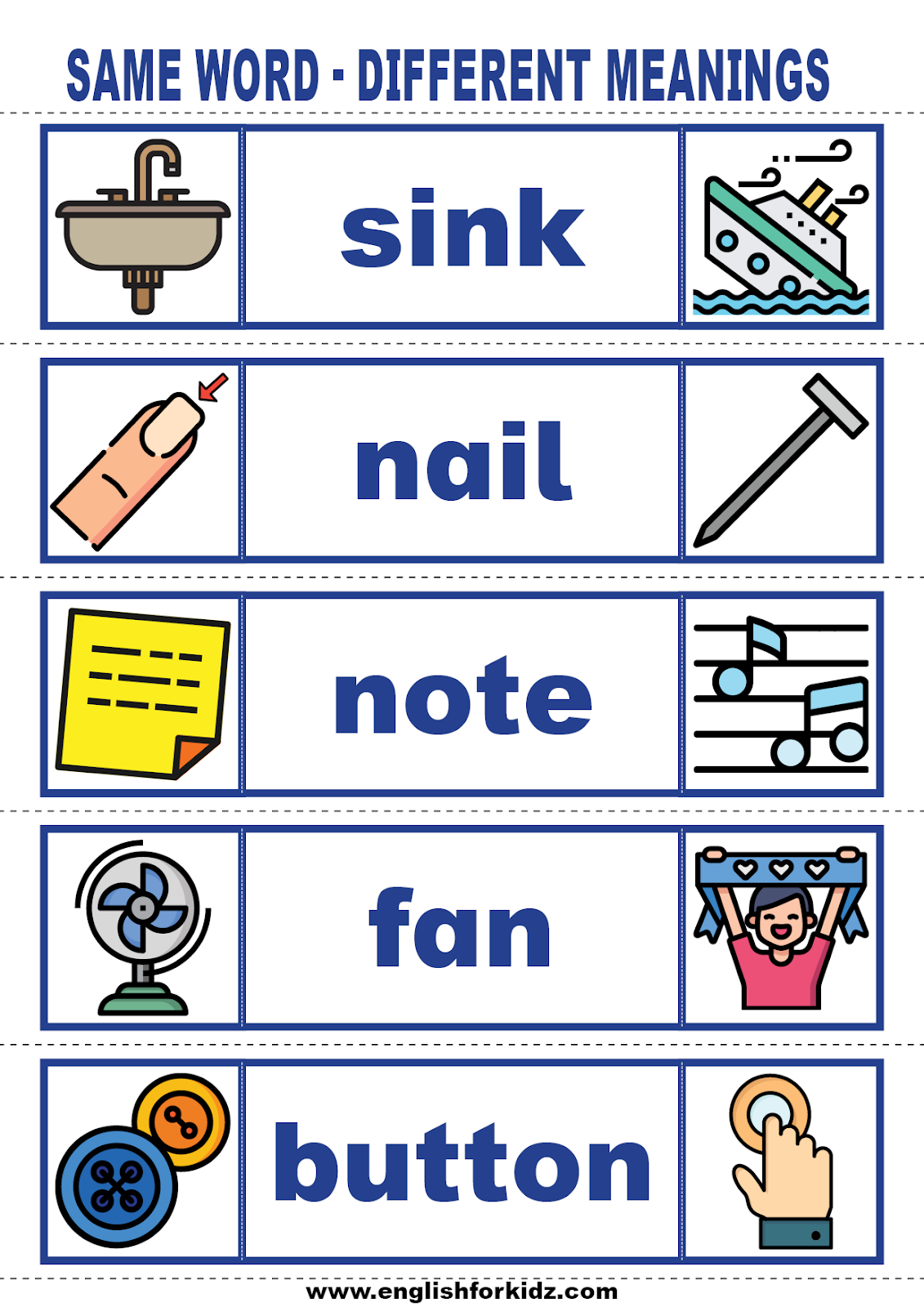

The committee has taken a sociocultural view of learning. We examine how the word “culture” is used, explain why the committee has approached its work from a sociocultural perspective, and briefly describe some key ways that culture is an integral part of development and learning. This chapter sets the stage by providing a brief overview of developments in thinking about culture and learning since HPL I. We recognize that learning is the product of a complex, interactive system of physical processes, which also interact with the complex systems and environments in which individuals live.

We focus on the rich cultural, contextual, historical, and developmental diversity of learning itself and how understanding of this diversity offers ways to improve learning and create optimal learning environments. Learning does not happen in the same way for all people because cultural influences pervade development from the beginning of life.

While humans share basic brain structures and processes, as well as fundamental experiences such as relationships with family, developmental stages, and much more, each of these phenomena is shaped by the individual’s precise experiences. Researchers have been exploring how all learners grow and learn in culturally defined ways in culturally defined contexts. What has become far clearer since HPL I was published is that every individual’s learning is profoundly influenced by the particular context in which that person is situated. Because learning is influenced in fundamental ways by the context in which it takes place, schools and classrooms should be learner and community centered.School failure may be partly explained by the mismatch between what students have learned in their home cultures and what is required of them in school.ġ As noted in Chapter 1, this report uses the abbreviation “ HPL I” for How People Learn: Brain, Mind, Experience, and School: Expanded Edition ( National Research Council, 2000).
#Same word different contexts how to#


 0 kommentar(er)
0 kommentar(er)
